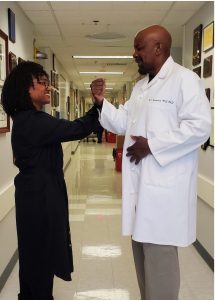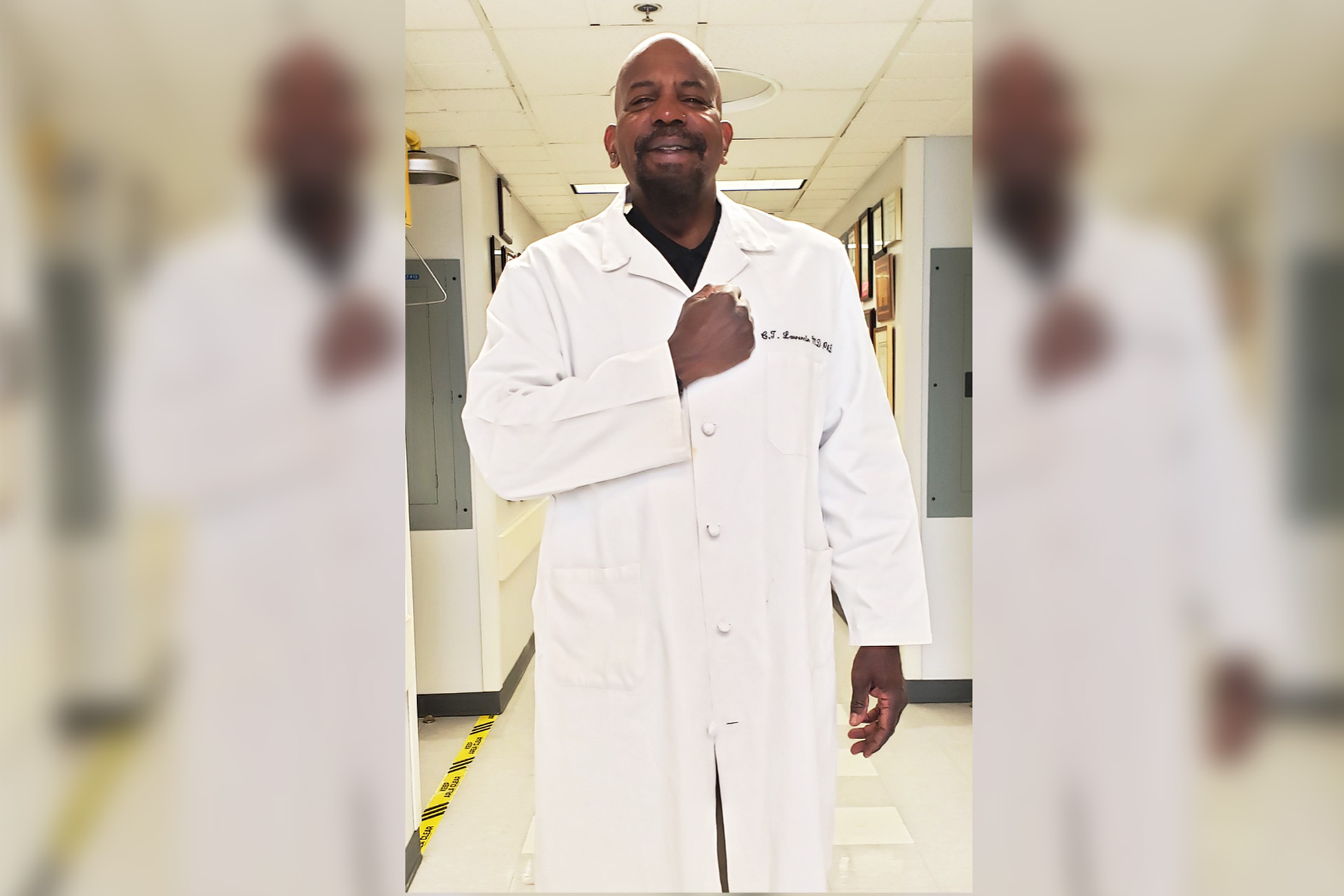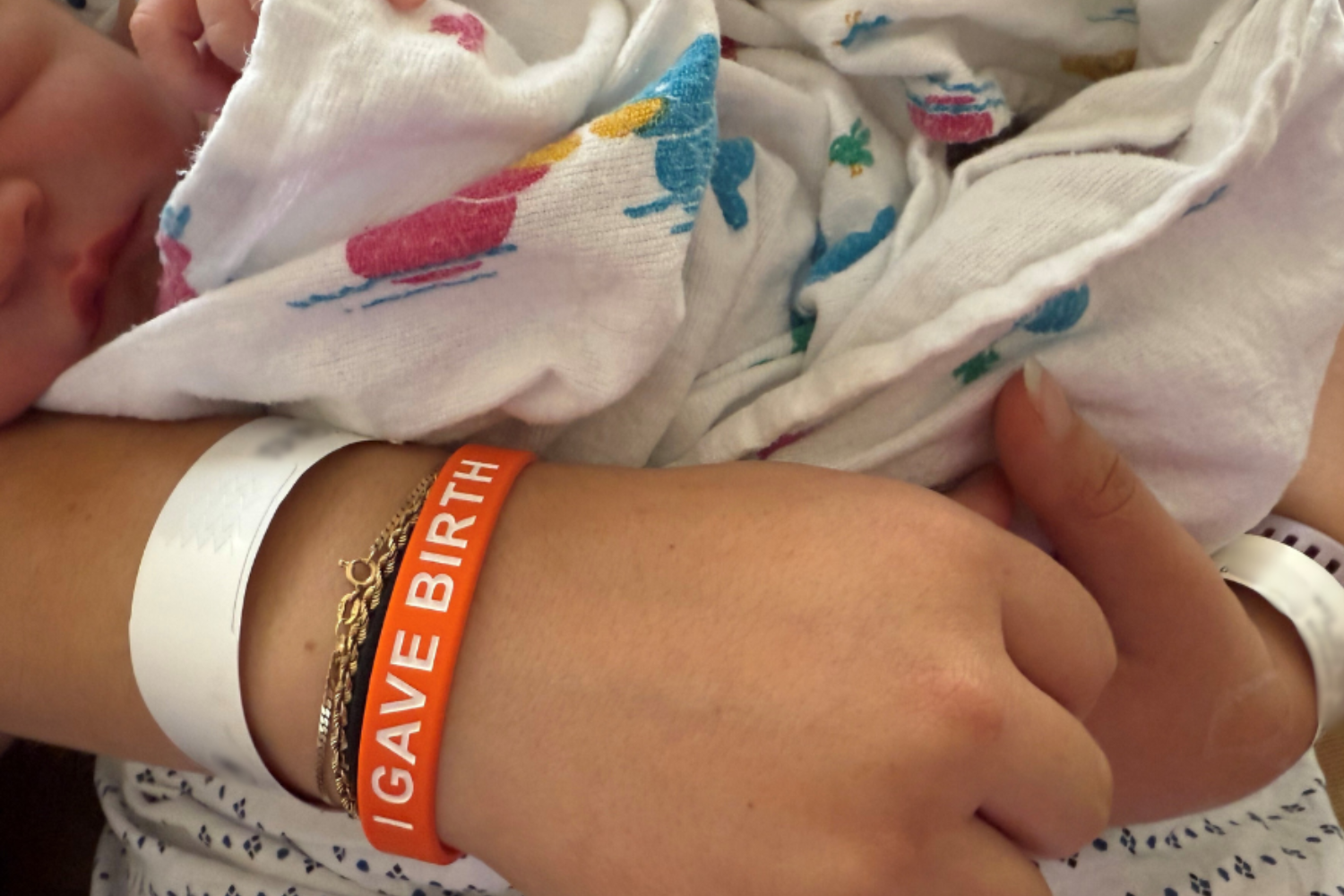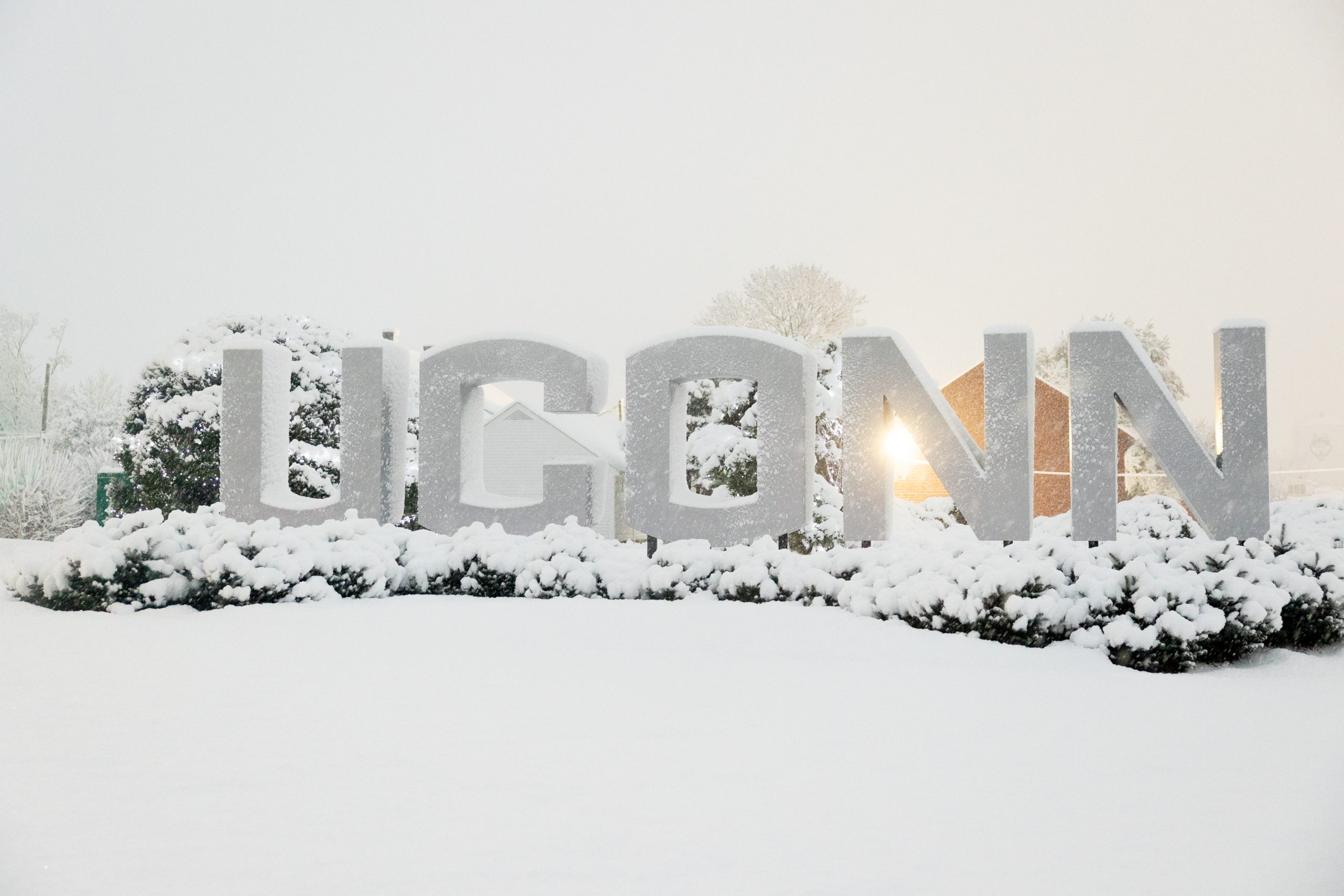Did you know a single handshake can transfer 124 million bacteria?
That’s why in the midst of the global COVID-19 pandemic in the journal Science’s Editor’s Blog entitled “The end of the handshake?,” UConn Health doctors are recommending a new alternative to the handshake to reduce human contact, protect public health, and diminish the spread of the coronavirus.
With hand-to-hand contact now strongly discouraged, and even the popular elbow bump now considered a breeding ground for germs due to the common practice of sneezing and coughing into the elbow region, Dr. Cato T. Laurencin and Dr. Aneesah McClinton of UConn Health’s Connecticut Convergence Institute for Translation in Regenerative Engineering have created “The Laurencin-McClinton Greeting” (LMG) to meet the evolving COVID-19 culture needs.
Their newly developed greeting involves an individual placing their closed fist to their chest just overlying the heart to convey greeting to another.

According to the UConn physicians this new greeting does not require contact and can be performed to acknowledge another individual at a reasonable distance away in a time of social distancing. The closed fist is a power symbol and the placement over the heart conveys solidarity and demonstrates resolve to endure in this unprecedented crisis.
Additionally, the researchers recommend a second-part of a greeting to be included when contact of two parties is permitted. Following an individual’s placement of their fist to their chest, they may also then extend their forearm outward at a 45-degree angle. The reciprocating party may position their arm alongside the initiator’s arm. Together, they briefly tap their mid-forearms forming a cross-like configuration.
According to the researchers, the mid-forearm represents a safer zone just between the hands and elbows.
“We introduce a new greeting that avoids hand contact altogether,” says Laurencin, CEO of The Connecticut Convergence Institute for Translation in Regenerative Engineering at UConn Health. “The new greeting is timely as social distancing restrictions are gradually lifted throughout the country.”
To learn more about The Laurencin-McClinton Greeting, view their May 12 Editor’s Blog in Science here.



